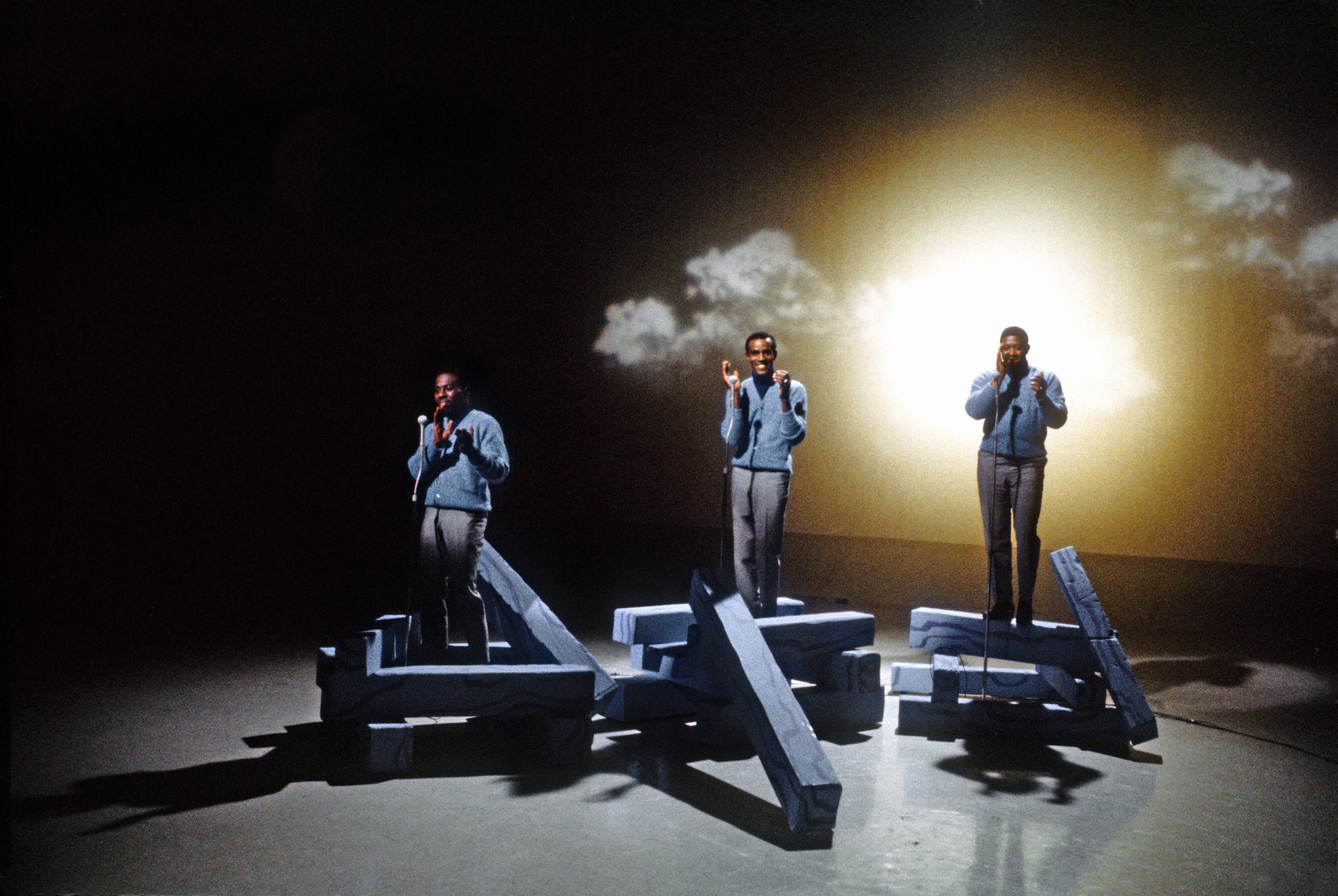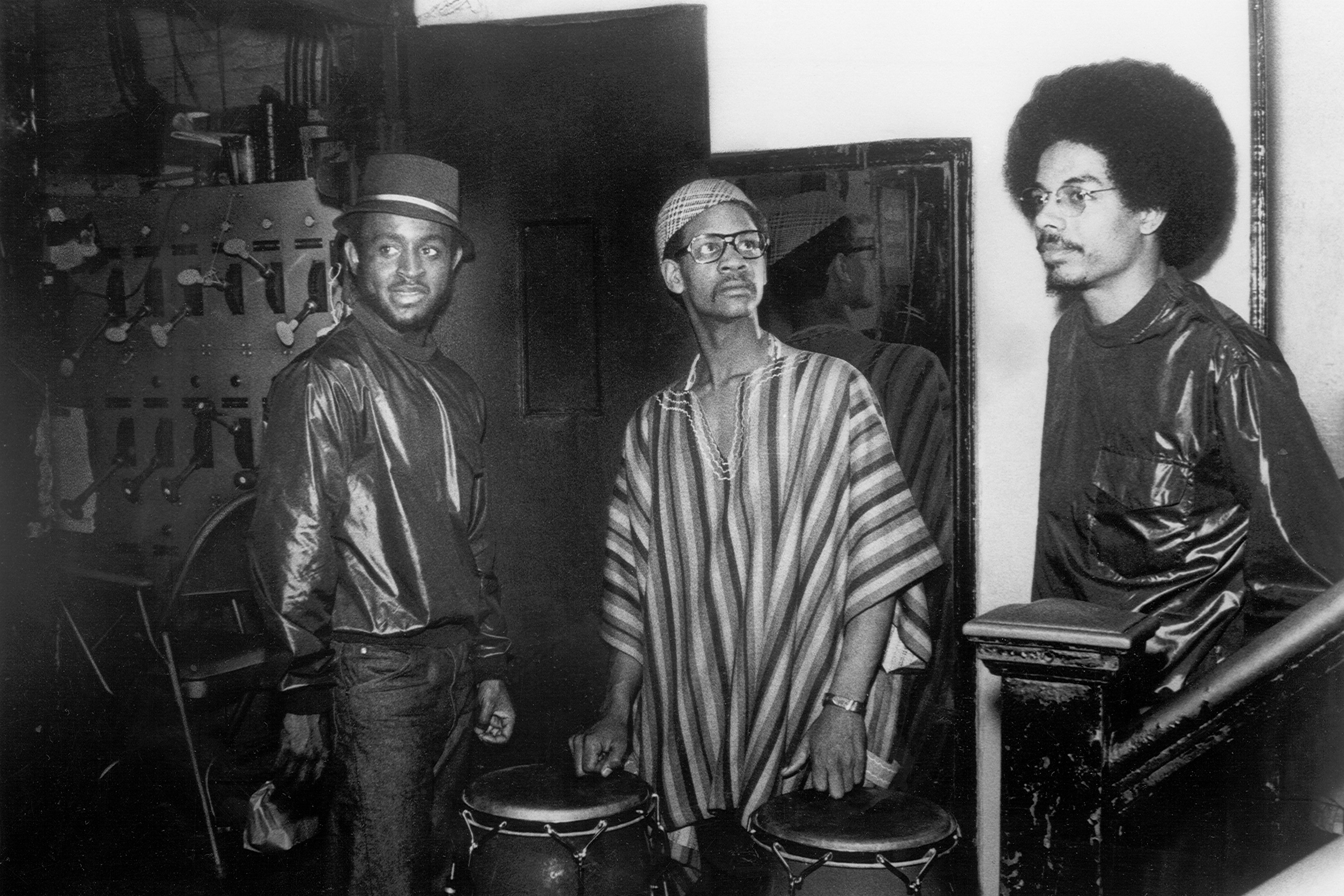The Musical Legacy of Amiri Baraka
John Morrison on the music that surrounded the poet and activist throughout his extraordinary life
January 2017 marked the third anniversary of the death of poet, activist, playwright and music historian Amiri Baraka, formerly known as LeRoi Jones. For nearly five decades, Baraka stood as a critical figure in black art and literature, helping to lay the groundwork for a radical black aesthetic whose influence has seeped into hip-hop, black theater and spoken word. The central thesis in Baraka’s work was the idea that the history of the black experience in America could be traced through the changes and new developments in black music. In an interview with late NAACP chairman Julian Bond, Baraka laid out his belief that “Where the music goes, that’s where the people go. The music reflects the people.”
Beginning in the 1950s with his introduction to New York’s storied modern art and literary scene, Baraka found himself neck-deep in the New York beat movement, collaborating with famed poets such as Allen Ginsberg and Diane di Prima while cultivating a fiercely vivid, abstract style of his own. In the wake of the assassination of Malcolm X in 1965, Baraka and a cadre of black artists and intellectuals left the physical and aesthetic confines of the Village’s majority white scene and moved to Harlem, where they rented a brownstone on 130th Street near Lenox Avenue and founded the Black Arts Repertory Theatre. Baraka and his cohorts envisioned the theatre as a locus point for a global black revolution, one that would be founded on community and a new radical black aesthetic that would come up organically from the ghetto and help ignite the fire of social and artistic insurrection in the hearts and minds of its audience.
During its short existence, the Black Arts Theatre made good on its promise to bring revolutionary art to the people. Baraka and a host of dedicated black creatives launched an eclectic series of programs that included writers workshops, plays and other wildly imaginative events, such as one that famously involved avant-garde jazz luminaries such as Cecil Taylor and the Sun Ra Arkestra performing while riding through the hood on the back of a flatbed truck. Unfortunately, the theatre was short-lived, as internal conflicts forced Baraka to relocate to his hometown of Newark, New Jersey, where he created the Spirit House and helped launch several local and national black political movements. This grassroots political activity reached a fever pitch with the National Black Political Convention, which took place in Gary, Indiana in 1972. The political energy and strategies laid out during the two-day convention would eventually push a wave of black mayoral and congressional elected politicians into office during the ’70s and early ’80s.
As Baraka spent years on the frontlines of local, national and international struggles, his ideological perspectives evolved through cultural nationalism and a unique brand of black, working class Marxism. During this time Baraka and his wife Amina raised several children, all the while maintaining music as a central part of their home life.
Unsurprisingly, when asked about the music the family enjoyed at home, Amina Baraka pointed to “mostly jazz and blues and gospel, and sometimes with the kids and all, rap. I got to know a little of that. We listened to music – if we liked it, we liked it. It didn’t matter who sang it or who played it.” Amina also revealed that Amiri kept an open ear to the latest trends in musical developments: “He was very interested in all the new music that was coming out, the avant-garde, you know? And he wrote about all of that.” Throughout Amiri Baraka’s life, the idea of music and culture as political weapons stayed with him. This conviction was so strong that it led Baraka to occasionally record and release his own music, bringing the fiery spirit of his literary work to the recorded medium.
In 1963, Baraka published Blues People: Negro Music in White America, a seminal ethnomusicological study of African American music. Blues People treats the aesthetic evolution of black music, from slavery days up through to the blues and modern jazz, as a direct reflection of the social, political and emotional lives of black people. Baraka believed that black music reflected the unique cultural perspective of black people. In The Autobiography of LeRoi Jones, Baraka expressed the way in which the musical revolution that swept through black America shaped his own perspective: “It was as if I had a new ear for black music at that point in the mid-’60s. I was a jazz freak, though we rhythm-and-bluesed to Ray Charles ‘I Got a Woman’ and ‘Drown in My Own Tears’ at our downtown loft sets. These artists, too, were reflecting the rising tide of the people’s struggles. Martha and the Vandellas’ ‘Dancing in the Streets’ was like our national anthem. We did the Philly Dog and the Boston Monkey, whirling and being as revolutionary in our dancing as we were in our own thoughts.”
Rife with philosophical reinventions, Baraka’s life and career were marked by an unyielding passion for music and people. Citing works from Baraka’s extensive bibliography, his own discography of recorded music and an interview with his wife Amina, the selections compiled below give an insight into the music that surrounded Amiri Baraka throughout his extraordinary life.
Imamu Amiri Baraka - It’s Nation Time - African Visionary Music
The crown jewel in his fascinating discography, It’s Nation Time - African Visionary Music finds Baraka deep in the throes of his black nationalist/Pan-Africanist period. The music and Baraka’s forceful poetry is bursting at the seems with fire and purpose. Riding on a heady, explosive backdrop of drums and wailing saxophone, Baraka’s voice on the title track is as much an instrument of retributive violence as it is a clarion call screaming, shaking and aching for a new world. A perfect introduction to Baraka’s aesthetic and ideology, this album is a crystal-clear representation of how Baraka envisioned music, art and culture itself: as reflections of the people and tools to be utilized in the struggle to reshape society.
The Roots feat. Amiri Baraka - “Something in the Way of Things”
A relatively obscure track tucked towards the end of the Roots 2002 album, Phrenology, “Something in the Way of Things” represents a brief moment when Baraka moved from an antecedent of hip-hop to active participant in the genre’s evolution. According to Amina, her husband was enthusiastic about the new music while remaining critical: “He was always trying to get me more in tune with rap.” Abstract, wild and painfully funny, Baraka’s performance is a masterwork of subtle outrage, humor and nuance. The track’s skittering drums and mournful guitars simultaneously suggest bebop and drum & bass, and Baraka’s declarations of alienation and meaninglessness hang in the air like the spectre of death:
Something you know but can’t stand
Can’t know, get along with
Like death
Riding on top of the car peering through the windshield for his cue
Something entirely fictitious and true
That creeps across your path, hallowing your evil ways
Like they were yourself passing yourself not smiling
The dead guy you saw me talking to is your boss
I tried to put a spell on him but his spirit is illiterate
New York Art Quartet - New York Art Quartet
A short-lived free jazz ensemble made up of John Tchicai, Roswell Rudd, drummer Milford Graves and Lewis Worrell, in 1964 the New York Art Quartet released a self-titled LP in which Baraka joined them for a performance of his poem “Sweet/Black Dada Nihilismus.” The performance is a heady of slice of black rage thrown up in the face of Western civilization’s bloody track record of war, colonialism and racism. While the quartet lays down a minimal undercurrent of bass and percussion, Baraka’s voice takes on a terse, cooly violent tone as the poem examines the guilt and fear of Western imperialism’s victims in detail, reversing the roles and delivering 500 years of rape, plunder, death and destruction to the doorstep of the perpetrator.
John Coltrane - Live At Birdland
Throughout the early 1960s, while Baraka made a living as a playwright, copy editor and author, he also dedicated a considerable amount of time to writing liner notes for popular jazz recordings of the day. By the 1960s, a handful of gifted writers and cultural critics had elevated liner notes out of their strictly utilitarian origins and into the realm of creative literature.
Applying his writing gifts and penetrating political analysis to the task, Baraka’s notes for John Coltrane’s 1962 classic are nothing short of revelatory. Baraka uses this space to tap into the cultural and political spirit of the time while matching the immediacy and improvisational genius of this live recording of Coltrane’s mighty quartet. He frames Coltrane’s music as a thing of fleeting beauty, an impermanent flame, daring to survive in a society that seeks to extinguish it: “One of the most baffling things about America is that despite its essentially vile profile, so much beauty continues to exist here. Perhaps it’s as so many thinkers have said, that it is because of the vileness, or call it adversity, that such beauty does exist.”
Advanced Workers With The Anti-Imperialist Singers – You Was Dancin Need To Be Marchin So You Can Dance Some More Later On/Better Red Let Others Be Dead
Recorded at the height of Baraka’s Marxist period, this hard-to-find 45 is one of the more odd releases in Baraka’s catalog. Arranged in a fairly mainstream, uptempo R&B/disco style, “You Was Dancin...” finds the aptly named Anti-Imperialist Singers exalting the virtues of Marxist-Leninist ideals over a funky four-to-the-floor beat, melding Baraka’s adept ear for satire with his unwavering optimism.
Various - The New Wave in Jazz
On March 28th, 1965, at New York’s famous Village Gate, a concert was organized as a benefit for the Black Arts Repertory Theatre, pulling together some of the heaviest free and avant-garde jazz players under one roof. With performances from Marion Brown & Archie Shepp, Albert Ayler, Charles Tolliver, Grachan Moncur III & John Coltrane’s classic quartet (the Sun Ra Arkestra performed but were not included on the album), the concert was recorded and the tunes were compiled into an album released on the Impulse! label.
Performed a little over a month after Malcolm X’s assassination at Harlem’s Audubon Ballroom, the music found on The New Wave in Jazz is a snapshot of new free jazz concepts and structures, while the musicians present a sound that reflects the potent emotional cocktail of indignance, revolutionary fervor and confusion that reverberated throughout the black community in the wake of Malcolm’s murder. In keeping with the spirit of the music, Baraka’s liner notes are particularly rich and ecstatic. Writing with a music historian’s perspective and a poet’s obsession with the transcendental nature of beauty, Baraka once again used the limited space on the back of a record jacket to paint a world of black social and cultural life in shining, prismatic detail:

